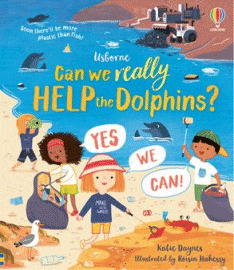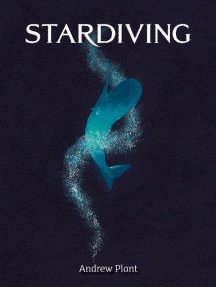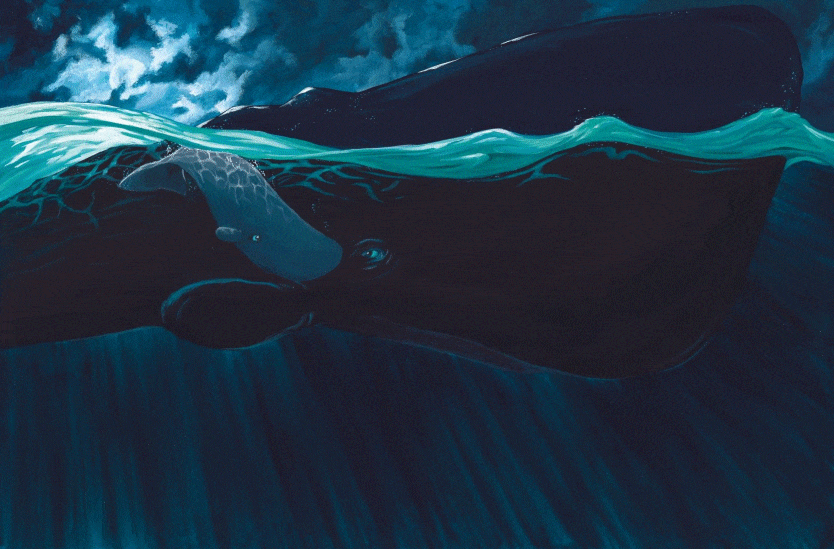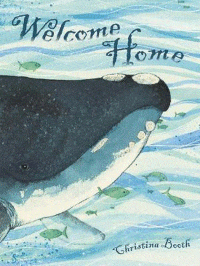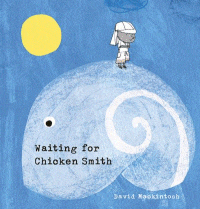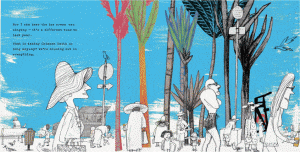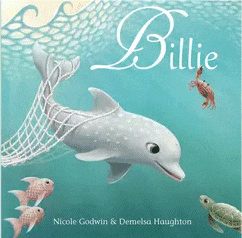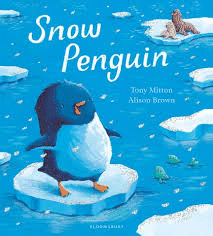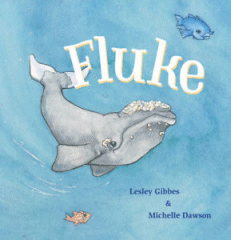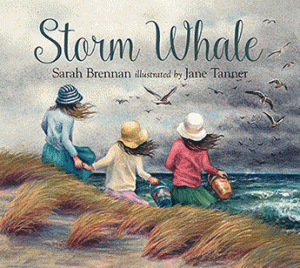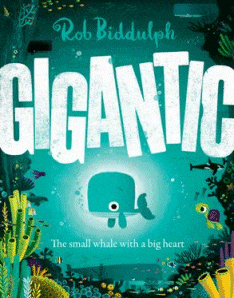
Gigantic
Gigantic
Rob Biddulph
HarperCollins, 2023
32pp., hbk., RRP $A24.99
9780008413439
A mulberry sky full of flashes and rumbles
An ocean alive as it flashes and tumbles
And there, ‘neath the waves of a sunny Atlantic,
There lives a blue whale and his name is Gigantic.
But Gigantic is the smallest whale in the pod, constantly taunted and tormented by his big brother Titan and his friends,. But when Titan finds himself in trouble after another bout of teasing Gigantic and his best friend Myrtle the Turtle, he learns that sometimes you don’t have to be big to be mighty.
The message in this story is quite clear – you can be tiny and tough – and young readers will probably have stories of their own to share about when being a kid really has its advantages. But it also reminiscent of the fable The Lion and the Mouse, so this could be an opportunity to introduce them to that and other fables by Aesop to show how stories have been used to teach such lessons for centuries. Investigating the stories and their meanings, and even extending that to fairy tales which were also essentially didactic tales of good versus evil, can help young students start to develop their critical thinking skills as they learn to read between and beyond the lines, rather than just along them. Asking themselves about the key purpose of the author’s writing – to persuade, inform, entertain or reflect – and then unpacking the underlying intent helps them interpret and assess information sources as they mature.
So, even though this is an entertaining and engaging story just as it stands, it has the potential to broaden the reader’s horizons far beyond the depths of the Atlantic.
